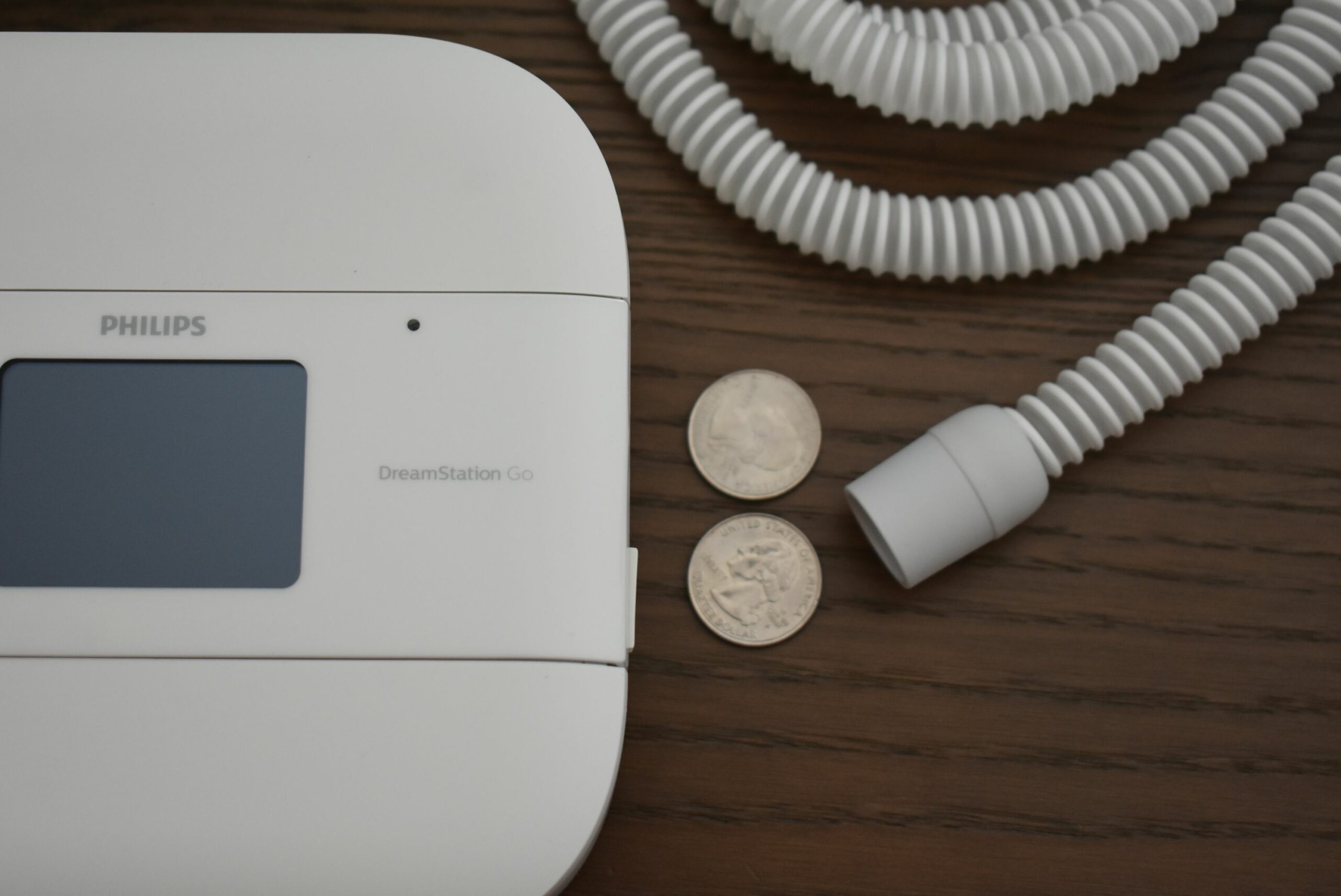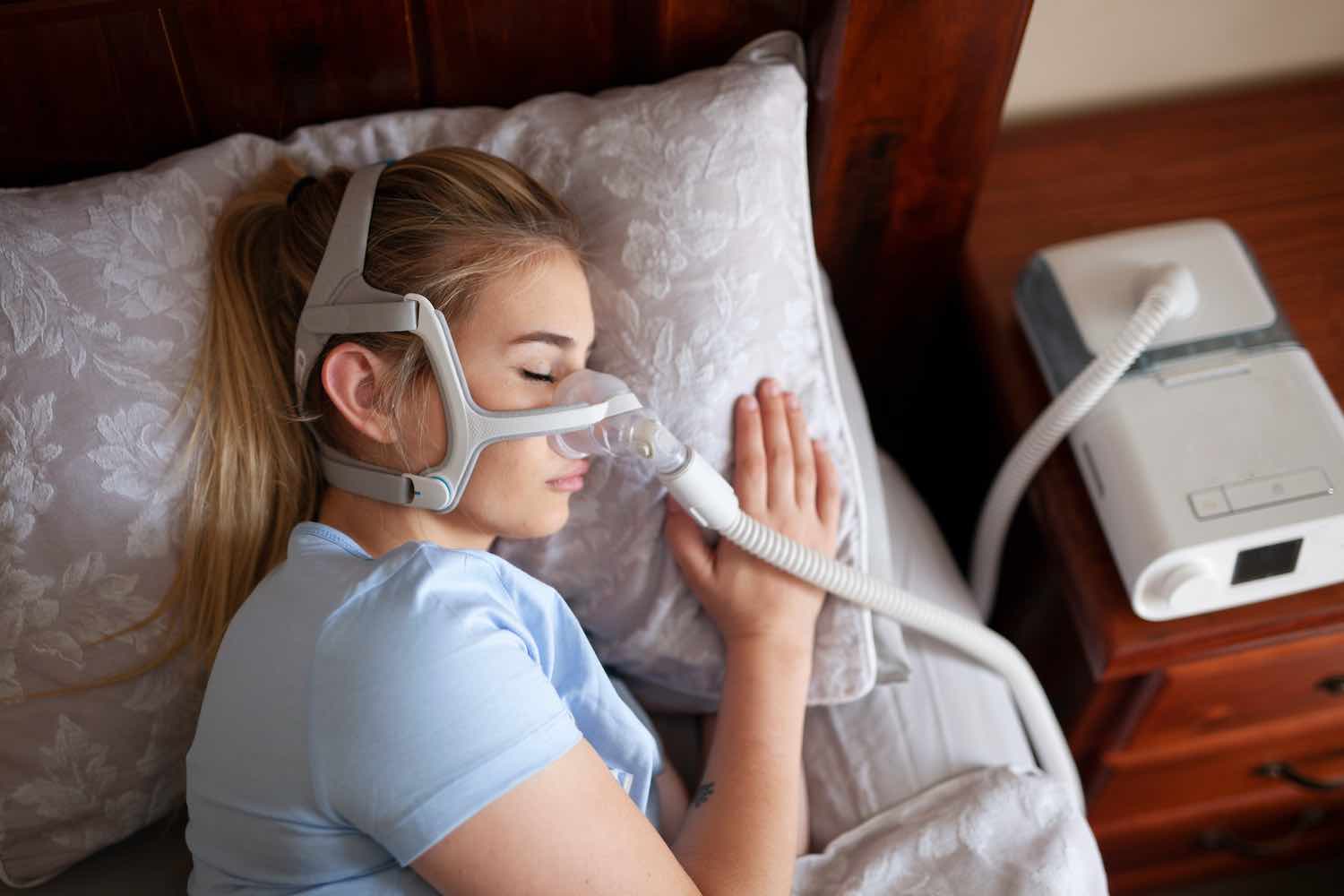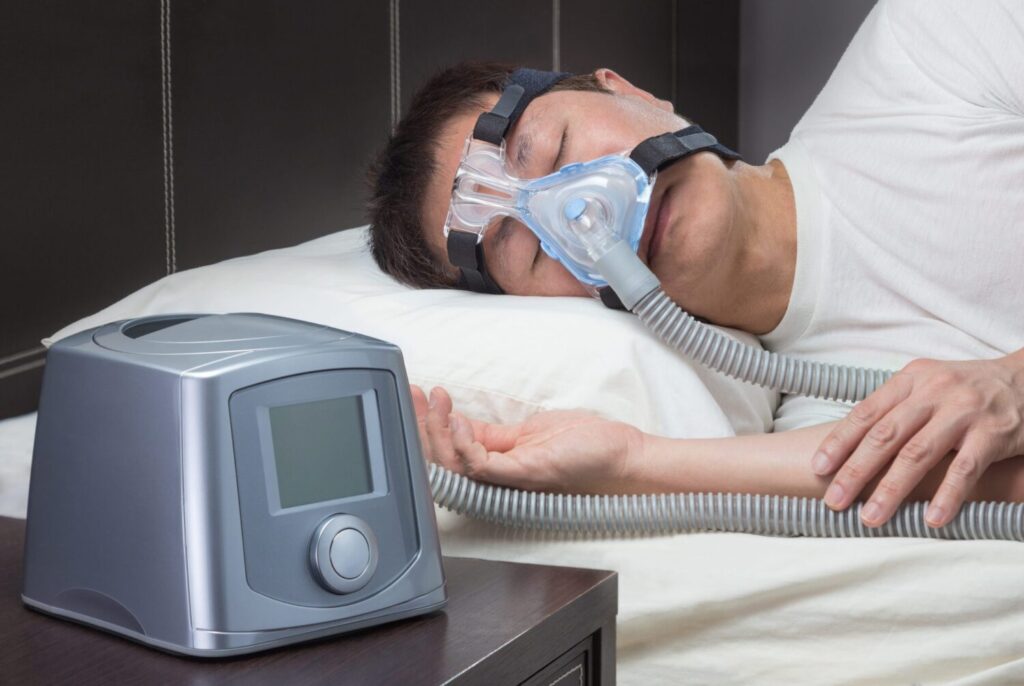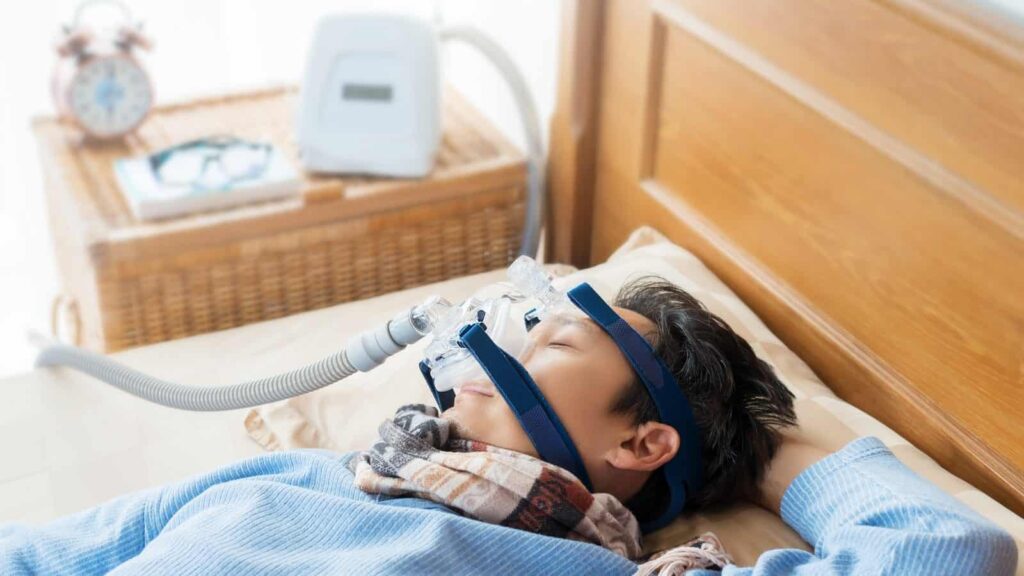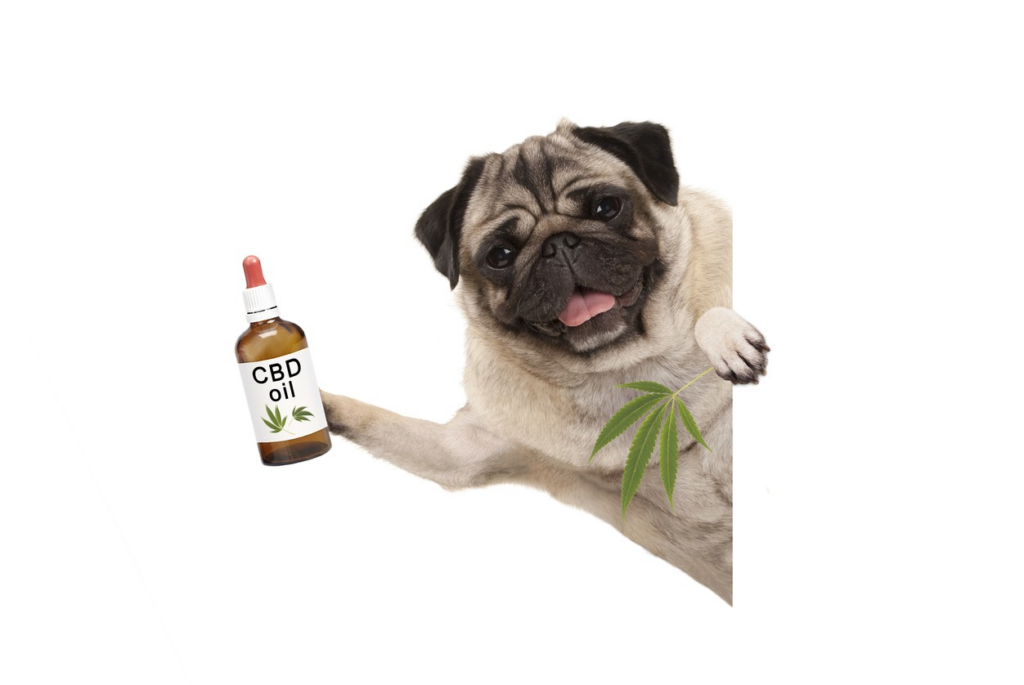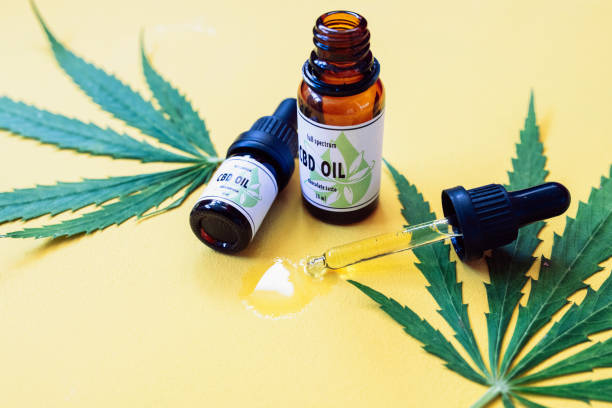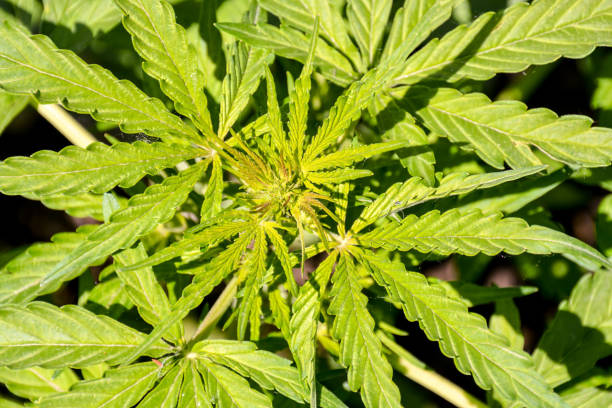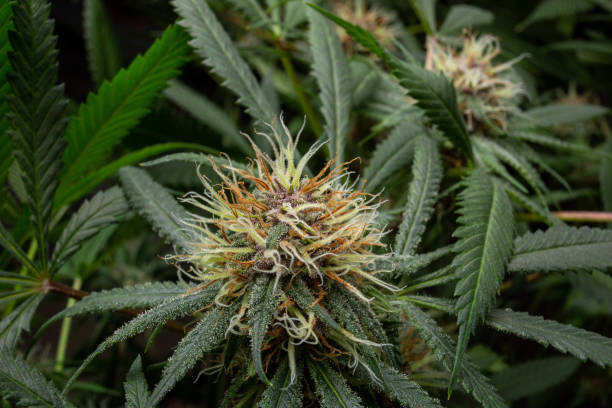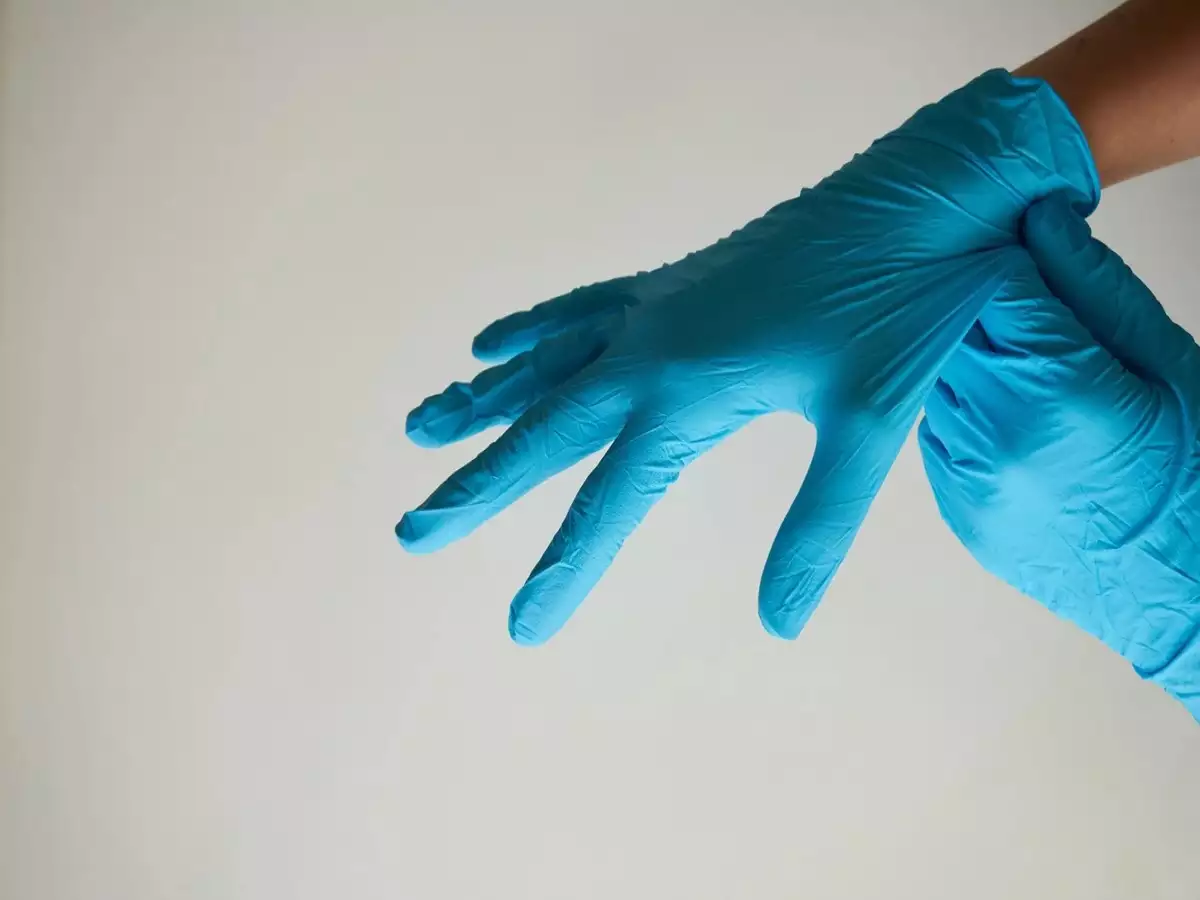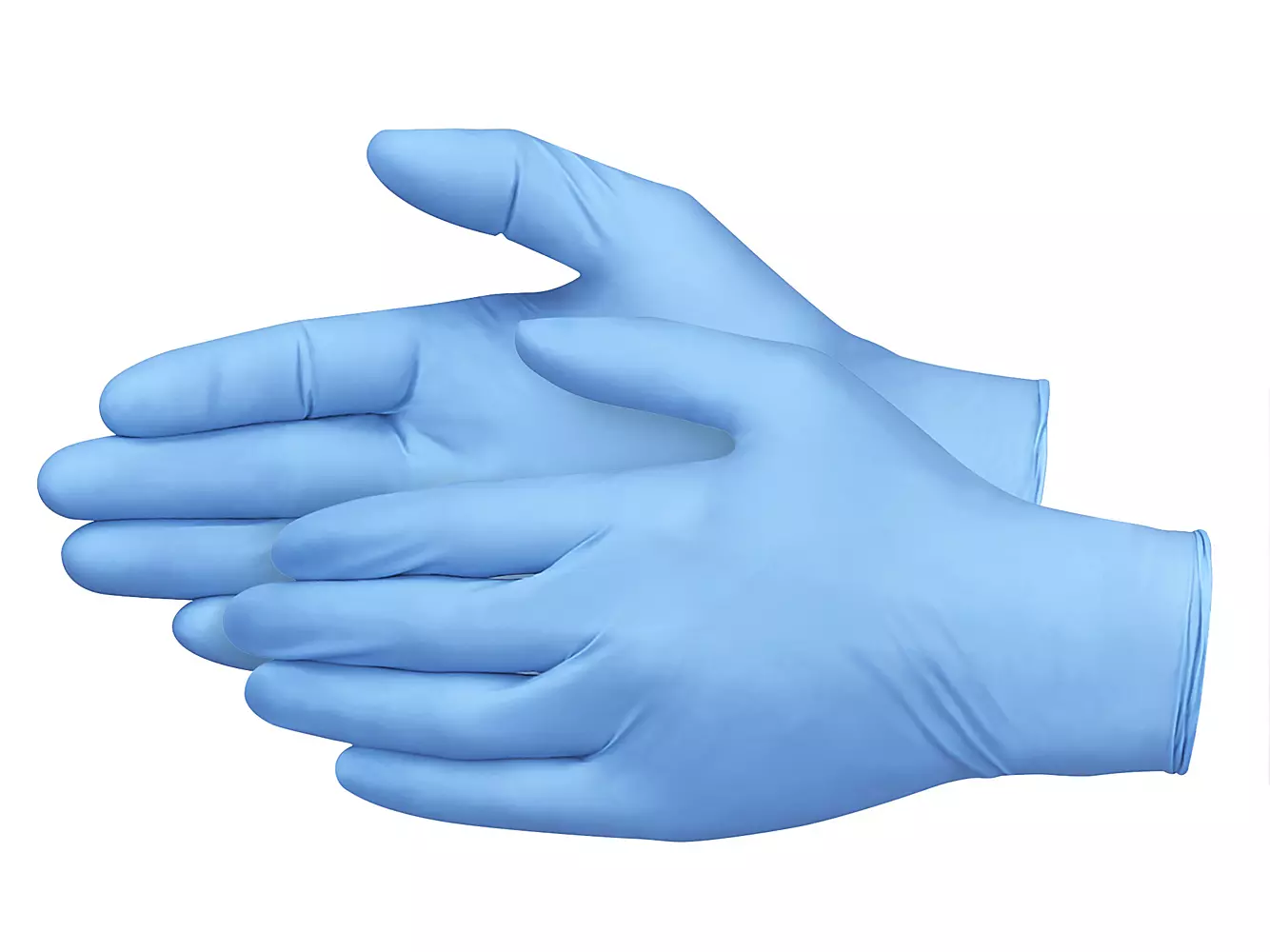Patients diagnosed with sleep apnea are often recommended for CPAP therapy, which involves continuously applying pressure to the patient’s airway as they sleep. To add some moisture to the air that you breathe from your CPAP machine, you can use a device called a CPAP humidifier. In certain cases, this can make using a CPAP machine easier to tolerate.
Dry mouth, dry throat, cracked lips, nosebleeds, chest pain, and sinus infections are just some of the side effects that have been linked to continuous positive airway pressure (CPAP) therapy. Humidifiers are utilized during CPAP therapy to prevent these complications by providing moistened air.
Both internal and external humidifiers are available. The sleep apnea machine itself includes a humidifier. Humidifiers that are hooked to your CPAP machine from the outside are known as external humidifiers.
Humidifiers can either be made to work exclusively with one machine or can be made to function with a variety of different models. The humidifier’s effectiveness as an adjunct to CPAP therapy hinges on its compatibility with the CPAP device. Check your CPAP machine’s manual or get in touch with the manufacturer for advice on which humidifier is best suited to your device.
Related: Will Your Insurance Pay for CPAP?
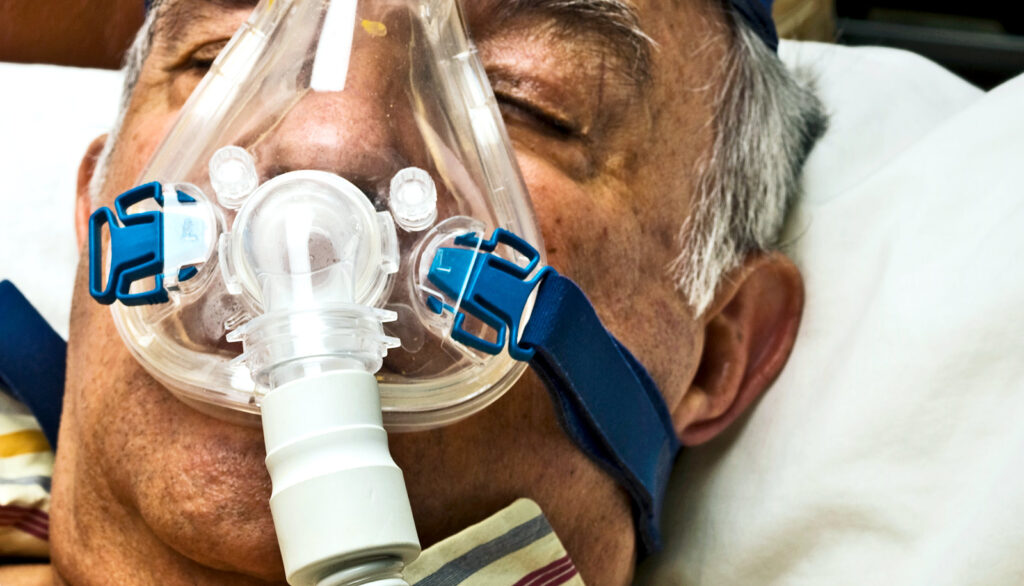
How CPAP Humidifiers Work
Humidifiers for continuous positive airway pressure (CPAP) can add moisture to the air in two ways. Many humidifiers can be heated by placing a hot plate beneath the water tank. After the air has been moistened, it is piped to the mask via a predetermined path, allowing you to breathe in moistened air while undergoing CPAP therapy.
When air is passed over water at room temperature in the chamber, the air picks up the moisture and carries it up the tube to your mask and airway, a process known as “passover humidification.” Normal delivery pressures are lower. It’s important to note that heated CPAP tubing can be used to reheat the air delivered by this approach.
Humidifiers for use with continuous positive airway pressure (CPAP) machines are made to replenish the moisture in the nasal airways that are lost during CPAP therapy. However, when airflow is increased, the nasal airway is often unable to keep the air warm and moist enough. A humidifier adds comfort by keeping the air wet for longer.
A CPAP humidifier’s main perk is that it improves the tolerability of treatment for sleep apnea. If you use a humidifier while you sleep, you won’t wake up with a dry, sore throat as often.
Adjusting Your CPAP Humidifier
Humidity level, water temperature, and tubing temperature are just a few of the parameters on a CPAP humidifier that may be modified to better suit the individual and their treatment.
Model-specific humidity preferences should be taken into account. You can customize the humidity levels to suit your needs. It’s important to be able to breathe easily without stifling humidity.
Some humidifiers also allow you to adjust the water’s temperature. The temperature of the air that is emitted by the humidifier is adjustable. A common belief is that warmer air is more effective at reducing dryness. However, if you’re sleeping in a particularly hot room, you might prefer colder air.
With some models, you may regulate the humidifier’s tube temperature independently of the water tank. If increasing the humidity alone does not solve the problem of dryness, this can be a big assistance. Possible solution: raise tube temperature by 1-2 degrees Fahrenheit. Additionally, heated CPAP tubing and insulating covers are commercially available options.
There are both automated and manual humidifiers available. There are two types of humidifier settings: manual, where the user chooses the parameters, and automatic, where the humidifier adjusts itself to maintain a constant temperature and humidity level.

Tips for Buying a CPAP Humidifier
Compatibility, manufacturer recommendations, humidification type, materials, durability, pricing, and warranty coverage are just a few of the many things to think about while shopping for a CPAP humidifier.
In this section, we’ll examine each of these criteria in greater detail to help you choose the most suitable CPAP humidifier. When deciding on a gadget, it’s important to think about your individual requirements and tastes.
Compatibility
Humidifier usability with a certain CPAP machine is dependent on the two devices’ compatibility. You should check for compatibility if you plan on buying a humidifier separately.
The majority of CPAP devices can use a standalone humidifier, but there are some kinds that are only compatible with a specific machine. Humidifiers with built-in filters are typically incompatible with any devices not made by the manufacturer.
Manufacturer’s Recommendation
Their suggestions for complementary CPAP devices will certainly be taken into account by CPAP machine and humidifier makers. Optimal performance and possible longevity of the humidifier are both enhanced by following the manufacturer’s instructions.
There will most likely be maintenance and replacement schedules and cleaning instructions in the user manual.
Modes of Humidification
Different types of CPAP humidifiers produce humidified air in distinctive ways. Through a heated water tank, the air is humidified. Rainout, or excessive condensation in the tubing, can be avoided with the use of heated tubing, which also helps to keep the air warm. Humidity can be increased by using a “passover humidifier,” in which the air is circulated over water at room temperature before being delivered through either regular or heated tubing.
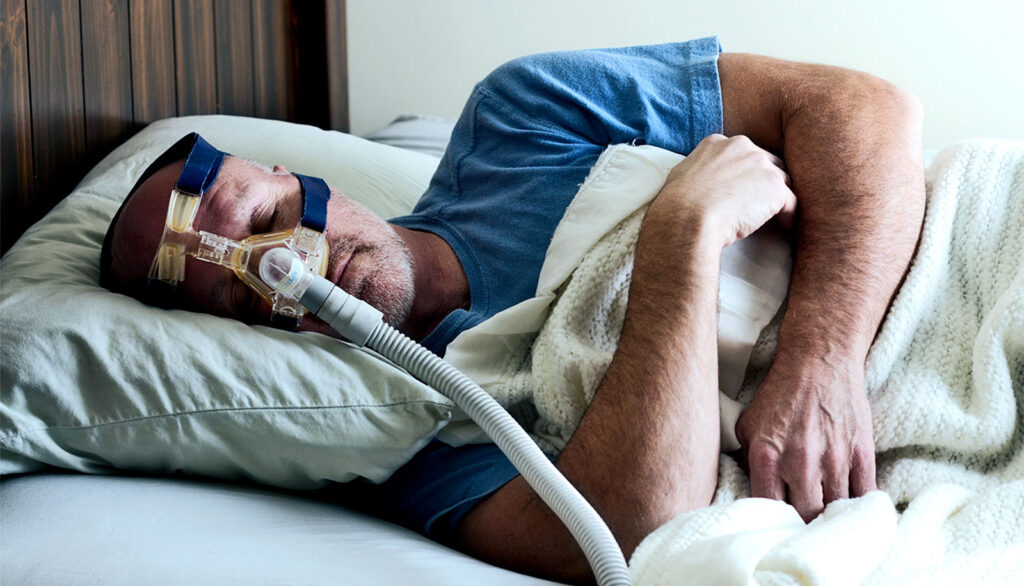
Materials
The water chamber and the base are two of the many parts that make up a CPAP humidifier. Humidifiers with a heating element are referred to as heated humidifiers. Different models of humidifiers may use different combinations of materials, but often they include molded plastic, stainless steel, and silicone.
Durability
CPAP humidifiers have a lifespan that varies from brand to brand. Humidifiers typically last anywhere from two to five years, but their water tanks need to be swapped out every six months. It’s feasible to extend the life of your humidifier by treating it well and cleaning it often.
Price
Humidifiers for CPAP machines can cost anywhere from $10 to $200, depending on whether they are standalone, integrated, or built-in, and the store.
The CPAP machine itself may be more expensive if it has a built-in humidifier. Humidifiers, whether they are standalone or built-in, typically cost around the same.
Warranty
If your humidifier develops a problem, you can return it to the company for a free repair or replacement within the terms of the warranty. Warranty terms for humidifiers are normally between 6 months and 2 years. Damage from accident, misuse, water anomaly, or unauthorized repairs and alterations are typically not covered by warranties, although flaws in materials or manufacturing typically are.
CPAP Humidifiers: In-Built vs. External
There are two types of humidifiers available for CPAP machines: those that are built into the machine and those that are sold separately. Humidifiers that are built in or integrated into machines can only be used with that particular model. Humidifiers that are separate from CPAP machines are more universally compatible.
An integrated humidifier is a humidifier that is built into and only compatible with a specific CPAP machine. The benefit of this is that it can be removed with relative ease for various reasons, such as transport, storage, and cleaning.
Separate from the CPAP machine, the humidifier has its own power supply and a short hose for attachment. They work with many different machines, so long as there is no humidifier in the machine itself. Though convenient, portable humidifiers may take up more room than permanent installations.
Humidifiers built inside a device are not detachable from the unit. In any case, the water tank is detachable so that it may be cleaned. Humidifiers with water tanks that may be removed take up more room than their built-in counterparts. Since their surface area is reduced, they may not radiate as much moisture into the air. However, the entire humidifier, not just the broken section, needs to be sent in for repair if something goes wrong.
